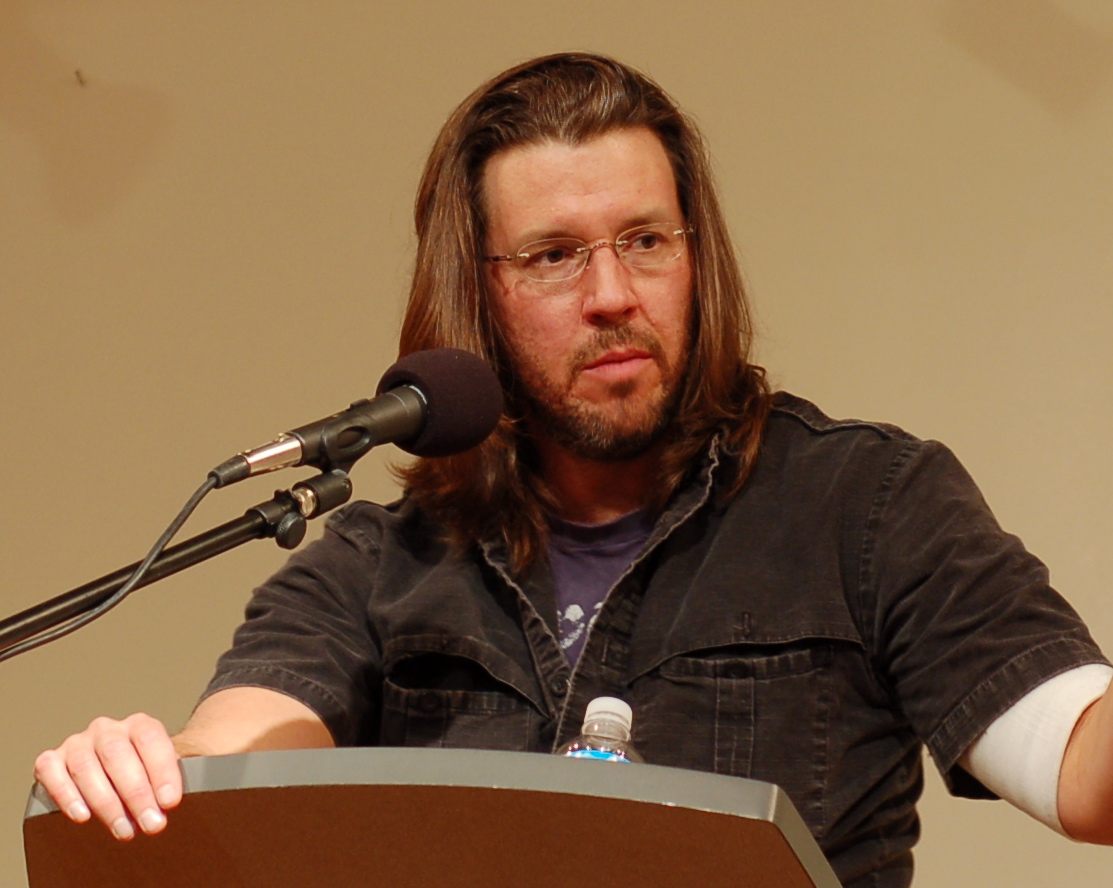This blog’s genesis is a school project in which we (the
students in the class) were asked to think about the nature of fiction and
non-fiction and where the future of each might lie. The syllabus for the course (English 535: Anthologies,
Manifestos & Subversions) reads in part: “Nonfiction is an intriguing
literary animal—it has overtaken fiction in popularity, yet remains an
undercriticized literary form. There is a paucity of sustained nonfiction
criticism after a burst of activity around 1989-90”. The implication here is that non-fiction is problematic in
that it is sold as a literary genre, but is critiqued with few agreed upon
literary generic conventions. The
syllabus goes on to say, “Many aesthetic declarations and arguments in
nonfiction take place in the form of anthologies, with the tacit declarations
of aesthetics implicit in the process of choice, and with the statements made
openly in anthology introductions and other textual matter”. While these ‘tacit declarations’ help
to offer a consensus view of the state of the essay and the operations of
non-fiction, they don’t do much in the way of codifying a cogent and workable
set of generic conventions, even when taken in aggregate. For instance, why is non-fiction
defined by what it isn’t? If it is
not fiction, does that make it truthful, or is the suggestion then that it
operates as a form reality and if we can have a ‘form’ of reality, what does
that mean?
 |
| Photograph by Steve Rhodes under Creative Commons license. Retrieved from http://en.wikipedia.org/wiki/File:David_Foster_Wallace.jpg |
So, in response to these issues, this blog postulates
(mostly for fun) the idea that David Foster Wallace offers a new way in which
to view ‘non-fiction’ (the scare quotes here to suggest that I don’t have, nor
will I postulate a definition for this term) and indeed many new forms of
creation from music to literature to architecture et al. This blog will explore David Foster
Wallace’s essay “E Unibus Pluram” in order to set up what I am calling “Radical
Literalism” as a mode of thought pioneered by Wallace. Following this will be a series of what
I hope are fun and enlightening readings of various artistic endeavors through
a Wallacian lens.
Hey! Here is a quote to continue this fascinating conversation: "Paul Fussell has made the point that irony became standard in English writing after World War I as a way to navigate around the unspeakable. The blank, I've-seen-it-all post-modernist tone, in this light, is self-imposed cultural anesthesia, a refusal to feel (except for punkish rage, in which only one thing can be felt: loathing). The fear is that what's underneath hurts too much; better repress it." So, if you accept Fussell--& thinking about it, I do--irony began as a way to control an unspeakable suffering (& my grandfather served two times under two flags in WWI & that is very real to me) & became basically an unexamined pose of fashionable anomie.
ReplyDeleteThe article this comment is from--"Hip-Deep in Postmodernism"--is by Todd Gitlin & ran in the New York Times in 1988 (link below). It describes "recombination & pastiche" as the artistic signs of postmodernism. Guess Shields, whose book came out two years ago, was a little late to the party!
Ooops! Forgot link. http://www.nytimes.com/1988/11/06/books/hip-deep-in-post-modernism.html?pagewanted=6&src=pm
ReplyDeleteThis thing is making me do too much stuff to post!